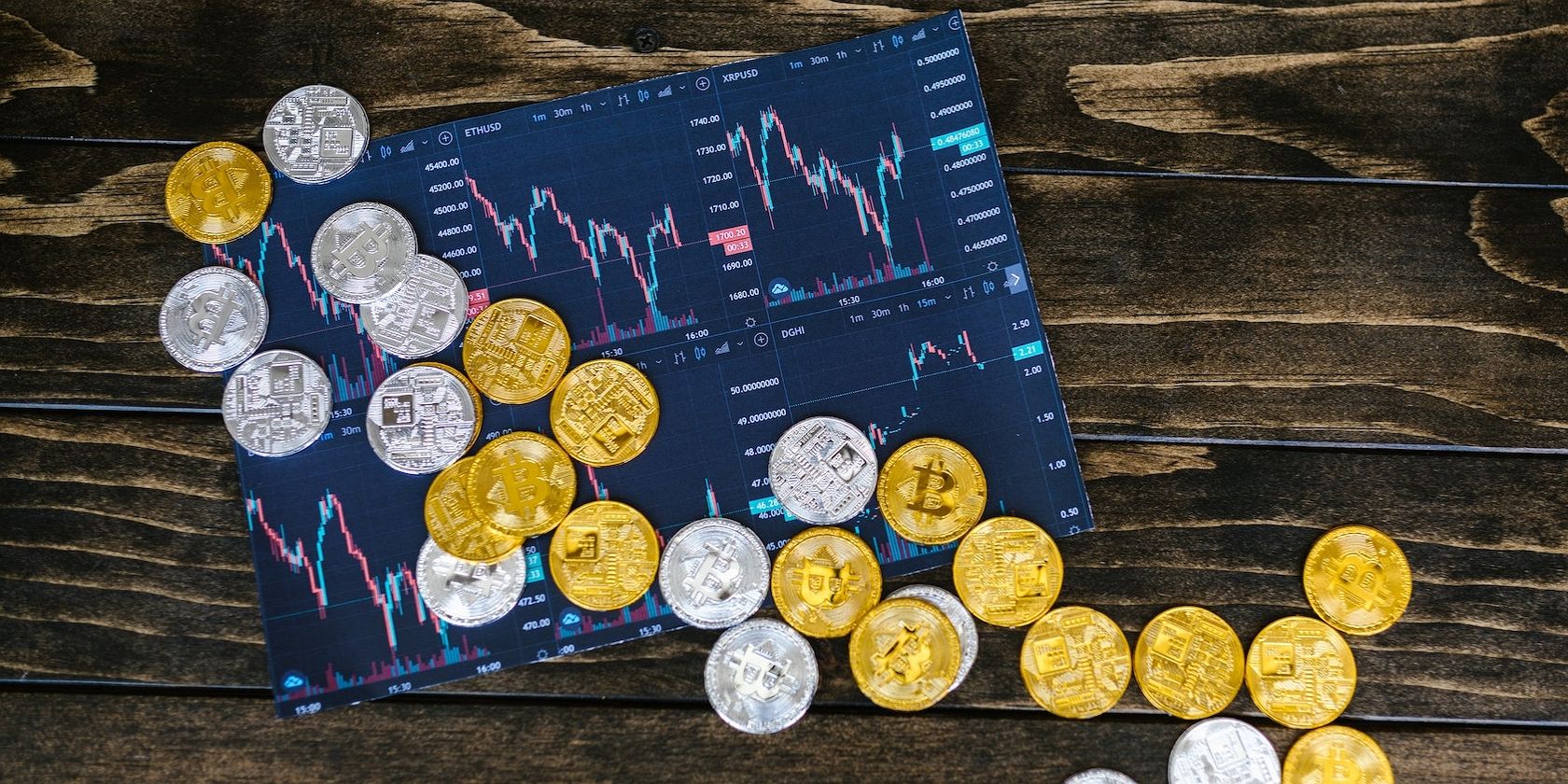If you're just venturing into the crypto space, there is a high chance that you haven't heard the slang "crypto shilling." But shilling is a major source of concern in the crypto market. As a result, you need to understand what crypto shilling is and how to avoid its pitfalls.
What Is Shilling in Crypto?
Shilling is an activity in which someone actively promotes a cryptocurrency to artificially inflate its price by inducing other investors to buy the coin. The goal of a shiller is to induce an asset's price spike, typically within a short time. This can induce the fear of missing out (FOMO) when investors feel undue pressure to buy into an asset that has gathered a lot of hype.
People who shill often use tactics such as flooding social media with posts or discussion forums about the coin to create a buzz that can drive its price. After the price of the asset pumps, the shiller may sell off the asset, dumping it into the market in what's known as a pump-and-dump scheme (or a rug-pull scam). The rapid market depression can leave investors with significant losses.
Shilling is generally perceived as illegal, and many regulators consider it market manipulation.
Types of Shilling
There are two broad types of shilling: paid and unpaid.
Paid Shilling
Here, developers and creators of a certain coin or token pay people or services to promote their cryptocurrency or project. These paid individuals write positive comments about the crypto asset on different crypto social or discussion platforms, claiming that the asset is a great investment opportunity. You will find them writing phrases such as a particular coin "going to the moon" or investors "HODLing till moon."
In many cases, these shillers make exaggerated claims about the coin, such as unrealistic predictions of exponential price increases. Unfortunately, this manipulation leads to massive losses for those who invest based on the false information given by the shiller.
Unpaid Shilling
Unpaid shillers are crypto investors emotionally or financially connected to a cryptocurrency. They share their enthusiasm for that asset on popular social media platforms and knowingly or unknowingly lure others into investing in the asset. In unpaid shilling, no one is getting paid to promote a cryptocurrency (but it's still done for personal gain).
A big challenge here is that it can be difficult to tell whether these groups are doing it out of genuine passion or just trying to pump the price. They might also be spreading so much hyped misinformation, and unsuspecting people who have not yet done their research could further propagate the hype around the coin.
Who Benefits From Shilling?
The most obvious beneficiaries of shilling are those actively promoting the asset or project. This could include the project's creator, team, or investors. The end goal for shillers is to increase demand and drive up the asset's price in question, which is beneficial.
Other people can also benefit from this act. If the asset is genuinely undervalued, those who buy in during the promotional period may benefit from buying at a lower price than would have been possible without the shilling. Of course, this is provided that the asset increases in value and isn't hyped up. Additionally, those promoting the asset can benefit by receiving commission payments or simply gaining notoriety from being associated with the project.
Finally, some enjoy shilling as a form of entertainment. They often get a kick out of playing a part in driving up the price of an asset or watching it crash as the hype fades away. Overall, the benefits of shilling vary for different people and depend on the goals and motivations for partaking in it.
How to Recognize a Crypto Shill
Shilling is increasingly common in the crypto space. Therefore, you should be aware of the characteristics of a crypto shill so you don't fall prey to its negative outcomes. Here are some key pointers that may suggest you are dealing with a shill:
1. Extremely Positive Tones
Shillers usually use positive phrases when promoting a project or coin. For example, they often use phrases like: this is "the next Bitcoin" or "the new Ethereum." In other cases, they may also use phrases like: this is the "next 100x gem" or "next mooning coin" to entice potential investors, but lack the technical knowledge to back these claims (or the crypto has no technical underpinning that could lead to such a scenario).
2. Unrealistic Promises
A crypto shill usually makes bold and unrealistic promises about a certain coin or project. They often use words like "guaranteed" or "certain" or give specific enticing price predictions to create an air of certainty and prospects about the project or coin. Remember, nothing in crypto is guaranteed.
3. Limited Engagement with Community Members
Crypto shills often have little to no engagement with other community members and often limit their interactions to promotional posts. They'll likely ignore any legitimate questions or concerns about the cryptocurrency project and may go so far as to only interact with other shill accounts (yes, some cryptos will use heaps of shill accounts to create fake volume and interest).
4. Overly-Specific Targets
Shillers, whether paid or unpaid, will often target specific individuals. Their target groups may include experienced traders or investors with the resources to invest in a new project. These shillers also target relatively new people in the industry who need to be more mature to do their research before investing in assets.
5. Lack of Transparency
Crypto shills will often be silent on the source of their income, leaving questions about who is paying them for their services.
How to Guard Against Crypto Shills
As a crypto investor, you should know the potential risks of investing in cryptocurrencies and take necessary precautions to avoid being scammed. If you suspect someone of shilling, do your research, and never invest based on the advice of a single source. It is also wise to check online reviews and consult with trusted experts before making any investment decision.
On the industry side, regulators and exchanges have started to take action against crypto shills. As contained in the IMF's Fintech Note, crypto regulators increasingly impose rules and regulations requiring crypto exchanges and projects to disclose all promotional activities in their white paper, warning investors about possible risks and volatility. As a result, exchanges are now more closely monitoring their trading platforms and taking action to block any suspicious activities.
Furthermore, some regulatory bodies have gone so far as to ban the practice of shilling altogether. For instance, the Securities and Exchange Commission (SEC) issued an alert warning investors about potential fraudsters who might use deceptive tactics such as shilling to deceive investors.
Chill, DYOR, and Don't Be Shilled
It is important to be vigilant when investing in cryptocurrencies and always do your own research (DYOR). Also, be wary of anyone pushing too hard for you to invest, especially if they are promising guaranteed returns or using high-pressure sales tactics. Above all else, trust your instincts and never invest based on the advice of just one source.






